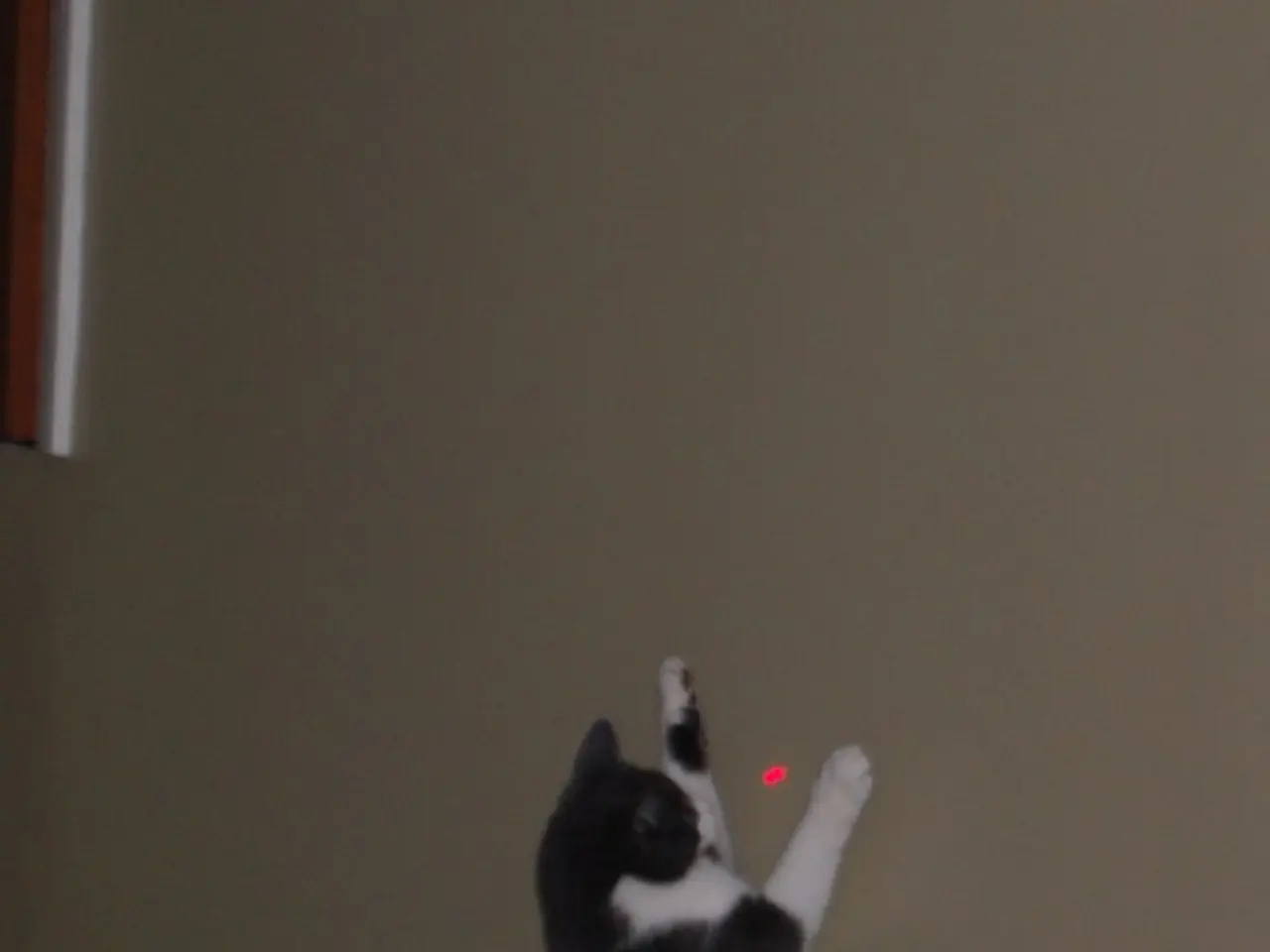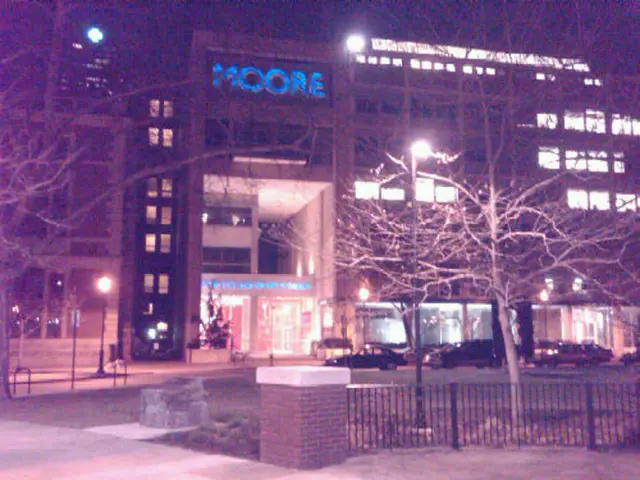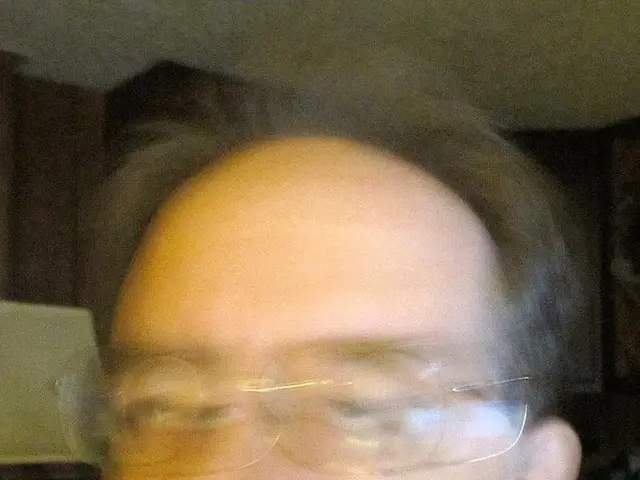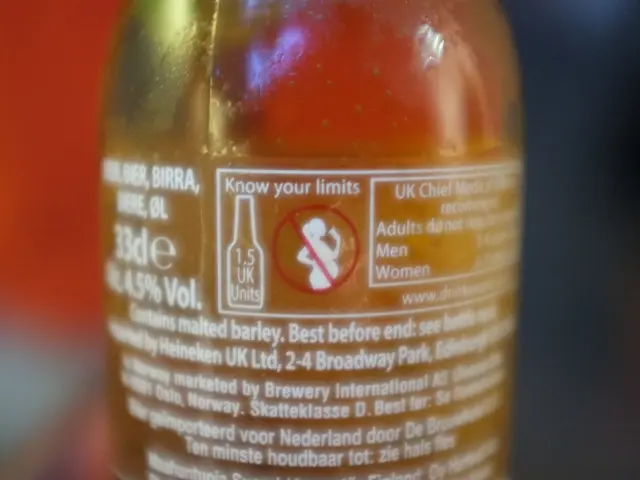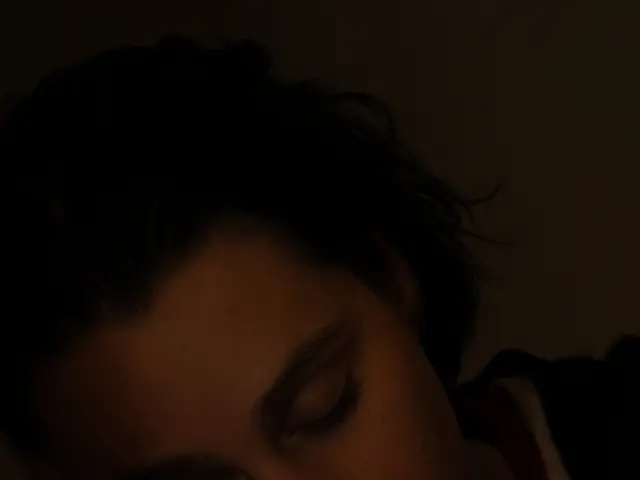Laser Scar Therapy: Factors to Weigh, Procedure Details, and Safety Measures
### Title: Laser Treatments for Acne Scars: A Comprehensive Guide
Laser treatments have become a popular choice for individuals seeking to reduce the appearance of acne scars. These treatments work by stimulating new, healthy skin growth, removing older, damaged layers, and promoting collagen production.
#### Effectiveness of Laser for Acne Scars vs. Other Scars
There are several types of lasers that doctors can use to treat scars, each with its unique wavelength and effects. For acne scars, fractional CO2 and Er:YAG lasers are among the most effective. Studies show that the fractional CO2 laser achieves over 50% improvement in about 65% of acne scar patients, slightly outperforming the Er:YAG laser, which shows 55% improvement. However, the difference is not statistically significant, indicating both ablative lasers are strong options for acne scar remodeling.
The 1550 nm Er: fiber laser has demonstrated significantly better results for atrophic acne scars compared to the 755 nm Picosecond laser. About 74% of patients experiencing 26%-50% improvement were recorded with the Er: fiber laser, while only 1%-25% improvement was seen in the Picosecond group. This suggests that wavelength and laser type are critical for acne scar treatment outcomes.
Compared to other scar types, acne scars often respond better to fractional laser treatments because these lasers create thousands of microscopic channels in the skin, triggering natural healing and collagen remodeling specifically beneficial for the complex texture issues typical of acne scars.
For raised scars like hypertrophic or keloid scars, pulsed-dye lasers (PDL) and Nd:YAG lasers tend to be more effective, targeting blood vessels and reducing redness and scar thickness.
#### Summary Table for Acne Scar Laser Treatments
| Laser Type | Wavelength (nm) | Mechanism | Improvement Range | Best For | |----------------------------|-----------------|-----------------------------------|-------------------------|--------------------------------| | Fractional CO2 | 10600 | Ablative, deep thermal damage | >50% in 65% of patients | Deep atrophic acne scars | | Er:YAG | 2940 | Ablative, vaporizes micro-layers | ~55% improvement | Atrophic acne scars | | Er: fiber | 1550 | Non-ablative, collagen stimulation| 26-50% (74% patients) | Atrophic acne scars | | Picosecond | 755 | Ultra-short pulses, less collagen | 1-25% | Less effective for acne scars | | Nd:YAG (diffractive optical element) | 1064 | Non-ablative, collagen remodeling | 42-55% | Atrophic and hypertrophic scars| | Pulsed-Dye Laser (PDL) | Various | Targets blood vessels | Effective for raised scars | Hypertrophic/keloid scars |
#### Preparing for Laser Treatment
Before the procedure, individuals should avoid staying in the sun and not expose their skin to ultraviolet (UV) light for extended periods. They should also avoid products that contain glycolic acid or a retinoid for 2-4 weeks before the procedure. On the day of the procedure, they should avoid using lotions, deodorants, perfumes, or any other products that could potentially interact with the laser treatment.
Individuals should wear clothing that is easy to take off and put on, such as a soft button up shirt and loose fitting pants, depending on the part of the body that requires treatment. It's also important to avoid medicines and herbs that increase the risk of bleeding, such as aspirin, NSAIDs, garlic, ginkgo biloba, and prescription blood thinners.
Deep scars or scars that restrict a person's movement may respond better to more intensive treatment. The cost of laser scar treatment may not be covered by medical insurance if it is for cosmetic reasons. If the scar is due to surgery or is debilitating, health insurance may pay for a portion of the treatment cost. The average cost for laser skin resurfacing, which includes scar treatment, is $2,071 for an ablative laser and $1,144 for nonablative laser treatment. A doctor is likely to advise a person to have multiple scar treatments over several months to see the best results.
The American Academy of Dermatology states that laser treatment is not a cure for scars. In some cases, a doctor may recommend a combination of therapies, such as using injectable fillers alongside laser therapy.
After the procedure, doctors often recommend applying moisturizing lotion to the area at least twice daily and refraining from applying makeup until the redness has gone away. Quitting smoking at least 2 weeks before the procedure is also advisable. Refraining from cosmetic procedures, such as chemical peels, collagen injections, and waxing before the procedure is also recommended.
A doctor should evaluate a scar before recommending a laser for treatment and explain the potential benefits and side effects of a particular laser.
- In the context of acne scars, the study shows that the fractional CO2 laser achieves over 50% improvement in about 65% of patients, slightly outperforming the Er:YAG laser, which shows 55% improvement.
- Instead of acne scars, for raised scars like hypertrophic or keloid scars, pulsed-dye lasers (PDL) and Nd:YAG lasers tend to be more effective.
- The study of 1550 nm Er: fiber laser has demonstrated significantly better results for atrophic acne scars compared to the 755 nm Picosecond laser, with 74% of patients experiencing 26%-50% improvement.
- For those considering acne scar laser treatment, it's important to note that deep scars or scars that restrict a person's movement may respond better to more intensive treatment and multiple sessions over several months.
- The American Academy of Dermatology advises that laser treatment is not a cure for scars and may recommend a combination of therapies, such as using injectable fillers alongside laser therapy.
- Post-treatment care includes applying moisturizing lotion to the area at least twice daily, refraining from applying makeup until the redness has gone away, and quitting smoking at least 2 weeks before the procedure.
